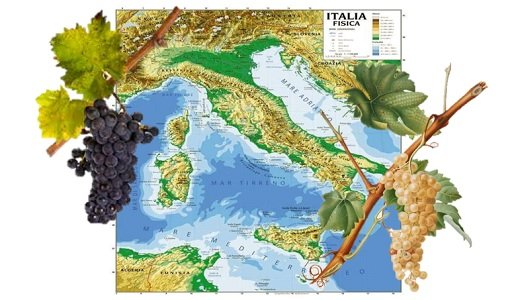Are we really sure that our use of the adjective native referring to grape varieties is correct?
In the historical ebbs and flows of Italian wine, we went from the exaltation of international grape varieties in the 1990s to the rediscovery of native grape varieties in the 2000s, and this trend happily continues to this day. But one should ask whether the use of the word autochthonous has any meaning as it is usually understood: born in a particular area from the domestication of wild vines.
If we ask a wine consumer, perhaps even an expert, what is meant by an indigenous grape variety, he or she can only answer that it is a grape variety born in the same place where it developed (the etymology of the word means “from the same land”) and is opposed to allochthonous, that is, introduced into a given area from other ranges.
But just listen to a lecture-lecture by the Professor Attilio Scienza – a true authority on vine genetics-to realize that, in light of the most recent vine DNA studies, which have made it possible to reconstruct the history and “appearance” of various grape varieties in specific places, that word applied to most of our grape varieties is misplaced.
Take Sangiovese, for example: it is not, as we might all think, an indigenous Tuscan or Romagnolo grape variety, and in any case it did not originate in central Italy, but rather in Calabria. And like him, there are a great many who have found their chosen territory in a region other than the one in which they developed.
Should we therefore make a semantic shift of the adjective autochthonous when referring to a grape variety and consider it as referring not to the land where it was born, but to the land where it found its best territorial expression? Will a given grape variety then be indigenous to the area that has best received it and allowed it to best develop its characteristics? It would seem so, if we want to consider Sangiovese native in Tuscany and not in Calabria, to remain in the example mentioned above.
But who can say whether, with the climate changes taking place, those particular grape varieties will continue to perform at their best in the very land we consider its homeland, which in fact is not?




